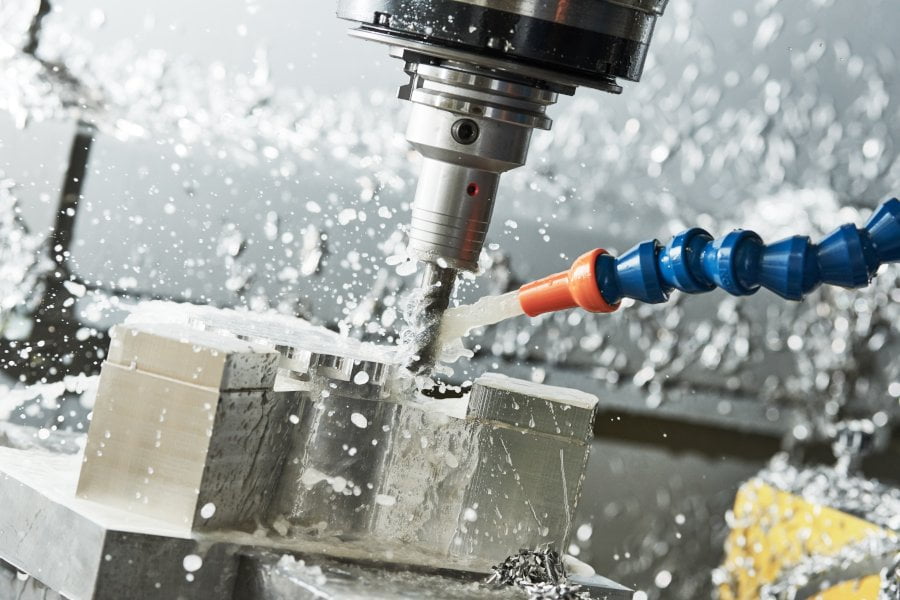The main purpose of applying PVD coating to the cutting tool surfaces is to increase the wear resistance of the tool, and to extend the tool usage life. Thus, faster parts production and better part surface quality can be obtained.
In general, high surface hardness, high wear resistance, low surface friction co-efficient and oxidation and erosion resistance at high temperatures are aimed by applying PVD coating on cutting tools. There is no single type of coating that meets all these expectations at the same time. For this reason, the workbench properties in which the cutting tool is used, cutting parameters, cutting tool type, the properties of the workpiece to be used, the cooling-lubrication conditions to be used during chip removal processes and the predominant wear characteristics of the cutting tool should be examined and which coating type is more proper should be determined in accordance with these findings.
General wear-damage mechanisms in cutting tools and coating properties that should be preferred according to these mechanisms are summarized in the side-table.
| Failure mechanism | Predominant property expected from the coating | |
|---|---|---|
| Abrasive Wear (Scratch, picking, wear in free surface, atrophy in sharp corners) |   | High hardness and toughness |
| Adhesive wear (Winding, spinning, adhesive wear in free surface, workpiece adhesion to sharp corner) |   | Low friction co-efficient, high surface greasiness |
| High temperature wear (Oxidation, diffusion, erosion, crater formation on chip surface), thermal fatigue |   | High temperature resistance, sufficient thermal isolation |
| Plastic deformation (Shape change in tool, fracture, mass damage) |  | Toughness, cutting tool, hardness and strength of which is high, and coating selection |
